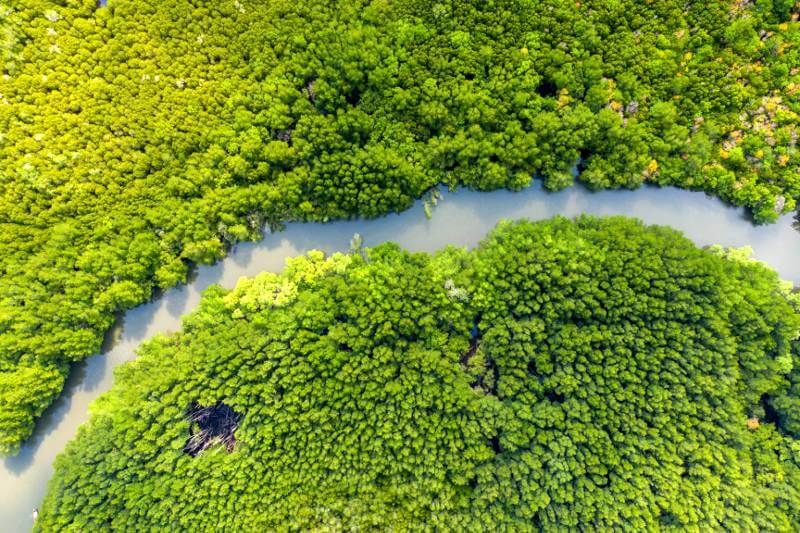Key Points:
- Amazonian dark earth (ADE) or terra preta is exceptionally fertile soil rich in nutrients and stable organic matter derived from charcoal.
- Scientists from Brazil suggest that ADE could be a secret weapon to boost reforestation around the world, not only in the Amazon.
- ADE contains microorganisms that are better at transforming soil into nutrients, providing more resources for plant growth.
Scientists in Brazil have conducted an experiment to show that Amazonian dark earth (ADE) could be used to boost reforestation around the world.
ADE is a type of soil that was created by Amerindian people living in the Amazon between approximately 450 BCE and 950 CE. The soil is enriched with charcoal from low-intensity fires used for cooking and burning refuse, animal bones, broken pottery, compost, and manure. These processes have resulted in ADE being exceptionally fertile, with high levels of nutrients and stable organic matter derived from charcoal, which gives it its black color.
The researchers conducted controlled experiments to mimic the ecological succession and changes to the soil that happen when pasture in deforested areas is actively restored to forest. Their aim was to study how ADEs can boost this process. The team sampled ADE from the Caldeirão Experimental Research Station in the Brazilian state of Amazonas, and as a control, agricultural soil from the Luiz de Queiróz Superior School of Agriculture in the state of São Paulo. They filled each of 36 four-liter pots with 3kg soil, inside a greenhouse with a mean temperature of 34ºC to anticipate global warming beyond current temperatures in Amazonia between 22 and 28ºC.
One-third of the pots received only control soil, another third a 4:1 mixture of control soil and ADE, and another third 100% ADE. To imitate pasture, they planted seeds of palisade grass (Urochloa brizantha), common forage for livestock in Brazil, in each pot and allowed its seedlings to grow for 60 days. They then cut the grass and let only its roots remain in the soil – virgin territory for reforestation in miniature. The researchers then replanted each of the three soils with tree seeds: either with the colonizing species Ambay pumpwood (Cecropia pachystachya), with Peltophorum dubium typical of secondary forests, or with cedro blanco (Cedrela fissilis), typical of climax forest.
The results of the experiment showed that ADE can boost plant growth. ADE showed greater amounts of nutrients than control soil and contained more sand and silt, but less clay. After the experiment, 100% ADE soils remained richer in nutrients than control soils. Additionally, throughout the experiment, 20% or 100% ADE soils supported a greater biodiversity of bacteria and archaea than control soils.
The researchers concluded that ADE can improve the establishment of plant trees in restoration. However, the senior author Dr Siu Mui Tsai, a professor at the same institute, cautioned that ADE has taken thousands of years to accumulate and would take an equal time to regenerate in nature if used. Therefore, the recommendation is not to use ADE itself, but to copy its characteristics, particularly its microorganisms, for use in future ecological restoration projects.
If our reporting has informed or inspired you, please consider making a donation. Every contribution, no matter the size, empowers us to continue delivering accurate, engaging, and trustworthy science and medical news. Independent journalism requires time, effort, and resources—your support ensures we can keep uncovering the stories that matter most to you.
Join us in making knowledge accessible and impactful. Thank you for standing with us!

